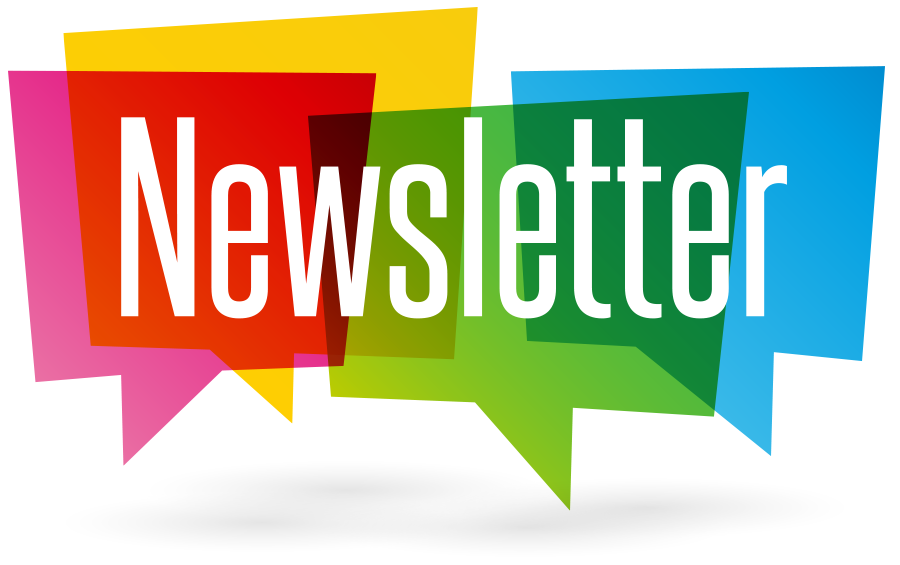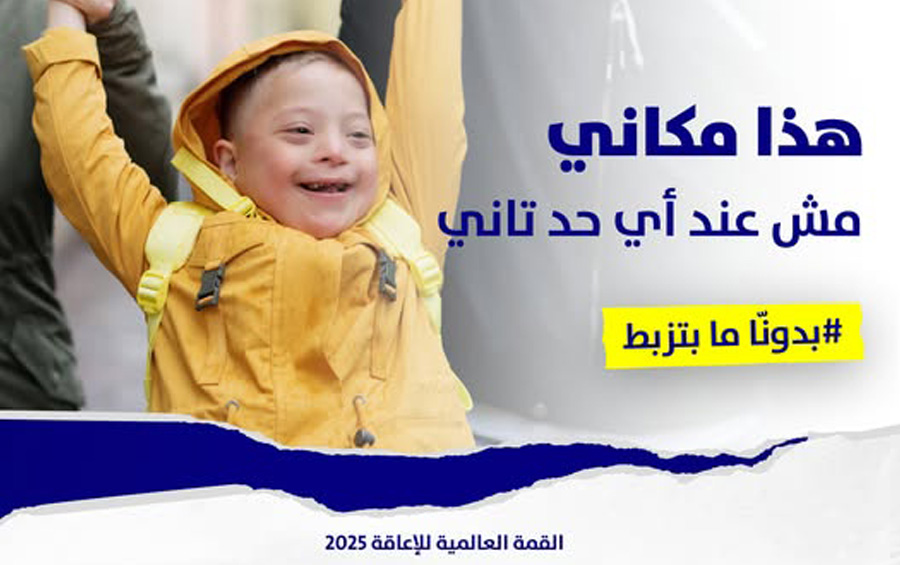
The Global Disability Summit (GDS) is a unique global mechanism that improves the lives of persons with disabilities, especially from the Global South. It was created in 2017 to convene global, regional, and national stakeholders that share the same goal and vision for disability inclusive development and humanitarian action. The summits aim to bridge the gap between two arenas that are still separate: disability inclusion and development cooperation. The Global Disability Summit is a mechanism that goes beyond a two-day summit every three years. It is a mechanism that entails continuous advocacy with global disability development stakeholders and mobilization of the disability rights movement and its allies. Importantly, it is a partnership between member states and Organizations of Persons with Disabilities (OPDs), embodied in the way that co-hosting arrangements are made.
.jpg)
Overview and Outline for GDS 2025

GDS newsletter

GDS Campaign Materials

Amman Berlin Declaration